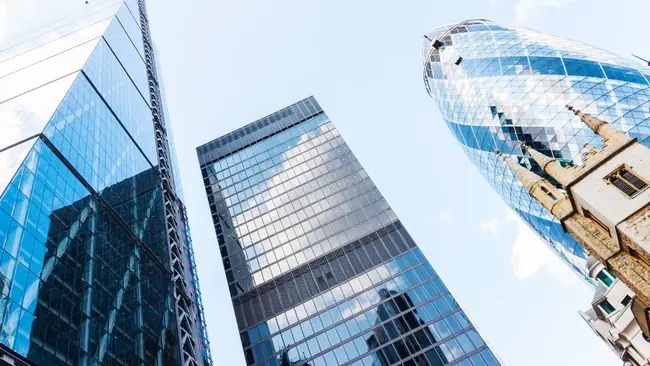As more and more companies embrace hybrid working, the number of vacant office buildings across London has skyrocketed – and the city centre is nigh-on deserted.
According to a report by Remit Consulting, office occupancy in London sat at 26.5 per cent in March, down from estimates between 60 and 80 per cent before the pandemic.
And the high street is feeling the emptiness. Almost half of the local spending in the city centre came from office workers and without this footfall, dozens of shops have been forced to close their doors.
As the city’s commercial tenants examine their presence in one of the world’s most expensive areas for real estate, so is the city itself.
The Financial Times reports that the City of London is taking proactive measures to convert unused offices into hotels, galleries other leisure facilities to bring life back to office spaces before they become “stranded assets”.
Shravan Joshi, chair of the City’s planning and transportation committee, told the publication that 80 per cent of offices in the Square Mile, London’s central financial district, are of “prime” quality.
“It’s that 20 per cent that we have really got to manage, and make sure they don’t become stranded assets,” he said, in an interview with the Financial Times.
This 20 per cent, Joshi said, includes buildings that are older than other developments and require substantial investment in upgrades to meet energy efficiency standards being introduced by the UK government by 2030.
Investors are reluctant to commit to these properties due to the financial pressures and risk of low demand that comes with them, leaving the possibility of them becoming entirely deserted.

Out with the old, in with the new
While hybrid working has emptied once bustling office areas in London, demand for modern office properties still remains high.
As per research commissioned by the City London Corporation, office demand in the square mile is set to grow by 20mn sq ft over the next ten years, with stiff competition for properties with modern facilities and environmental credentials.
As well as status, good offices with good amenities help with talent attraction and retention, – particularly in today’s challenging job market. Top-of-the-range offices also strengthen the case for return-to-office policies.
But, although properties with top ratings have continued to see positive net absorption rates throughout the pandemic, net uptake has plummeted for everything else according to figures from commercial real estate research company Costar.
Low-interest rates sustained very strong investment levels until the end of 2019, but those days are long gone as interest in the UK soars amid macroeconomic challenges.
A global downturn
It’s not just London that is feeling the impact of the hybrid working revolution. From the US to Sweden to South Korea, falling property values and rising interest rates have pushed more and more companies to ditch the office.
In the US, where return-to-office rates have been lower than in Asia and Europe, values for institutional-quality offices are down 27 per cent since March 2022, when interest rates started going up.
Meanwhile, office prices are expected to fall more than 25 per cent in Europe and almost 13% in the Asia-Pacific region before hitting a trough, PGIM Real Estate, a unit of Prudential Financial Inc., forecasts.
“Cities all have different stories to tell,” Peter Hayes, a managing director of investment research for PGIM Real Estate in London, said in an interview with Bloomberg.
“They’ve all been changed by different localized shocks. You end up in a world where investors have to think more about geography than they have.”







Comments ( 0 )